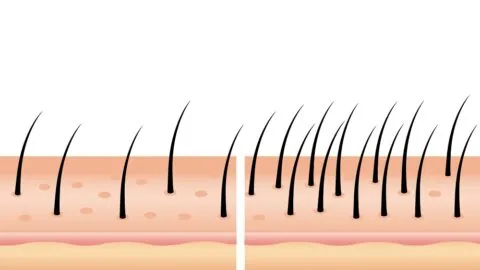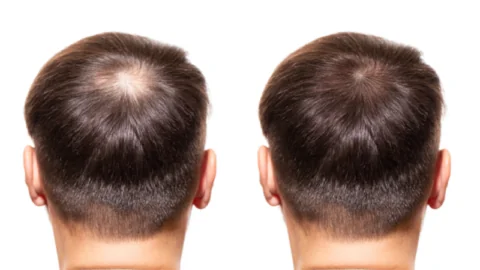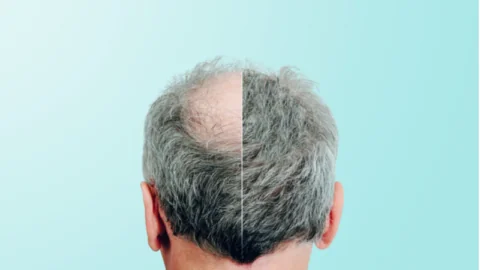December 16, 2024
In Aging Cell, researchers have described how to improve the hair growth potential of stem cells and organoids by reducing cellular senescence. The quest for a true stem cell hair treatment There has been a substantial amount of previous work in restoring hair follicle growth by culturing dermal papilla cells (DPs), which are the mesenchymal...
August 22, 2024
Los Angeles-based Pelage Pharmaceuticals has just announced a Phase 2a clinical trial for the treatment of androgenetic alopecia, also known as pattern baldness. It is thought that up to 50% of men experience hair loss as a result of pattern baldness by age 50. In this condition, the normal hair growth cycle is disrupted due...
February 02, 2024
A new study has found that autophagy plays an important role in activating hair follicle stem cells and keeping the hair growth cycle going. By boosting autophagy, rapamycin improved hair growth in mice and in a human hair organ culture [1]. Round and round it goes The hair leads a cyclical life. First, a hair...
August 16, 2022
Scientists have successfully regrown hair in a mouse model of hair loss using custom-made plastic microneedles loaded with rapamycin and epigallocatechin gallate (EGCG), an active ingredient in green tea [1]. A hairy problem While not life-threatening or debilitating, age-related hair loss (senescent alopecia) is one of the most conspicuous and hated manifestations of aging. As...
October 12, 2021
Scientists showed that hair loss happens partially as a result of stem cells escaping from hair follicles. They also shot a stunning time-lapse video of the process. The stem cell cycle Stem cells reside in “stem cell compartments” in various tissues. By differentiating into multiple types of cells upon demand, they contribute to tissue regeneration....
August 25, 2021
Last week, a new study published in Aging reported similar mechanisms of TGF-ß2 and collagen on hair follicle aging, dermal papilla cell senescence, and in vitro spheroid formation. Aging hair follicles Hair follicles reside in the epidermal and dermal skin layers. At their base is the dermal papilla, where hair growth is controlled by dermal...






